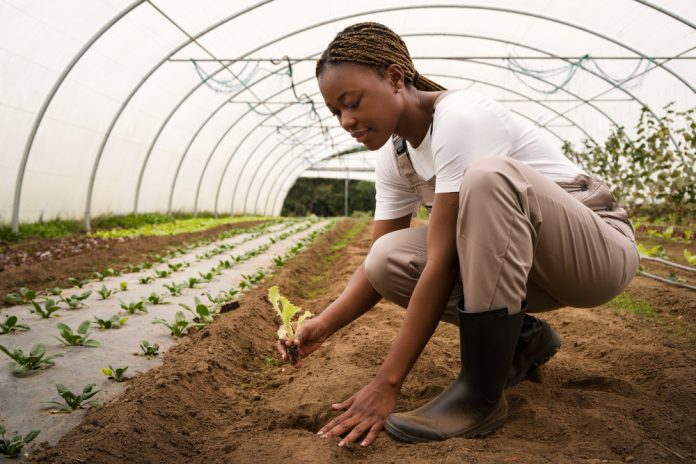Sustainable agriculture is becoming the lifeblood of a region striving for self-sufficiency and environmental harmony. Farmers across Kenya, Tanzania, Uganda, Rwanda, and beyond have been embracing sustainable practices, not just as a means of farming, but as a way of preserving a way of life, securing livelihoods, and nurturing the environment for generations to come.
In many East African communities, sustainable agriculture is more of a return to traditional practices than a novel concept. Indigenous knowledge, which guided farmers long before modern farming techniques took hold, emphasized working with nature rather than against it. Crop rotation, intercropping, and organic fertilization were standard practices. Today, these time-honored methods are being revived, proving that sometimes the best way forward is to look back.
For instance, smallholder farmers in the highlands of Kenya, have been rediscovering the benefits of intercropping. By planting beans alongside maize, intercropping not only maximizes her land’s productivity but also enriches the soil with nitrogen, reducing the need for chemical fertilizers. This synergy between crops boosts yields and fosters resilience against pests and diseases, which is vital in a region where climate change brings unpredictable weather patterns.
While tradition has played a crucial role, innovation has also been important in driving sustainable agriculture. East African farmers have been increasingly adopting modern technologies that complement their ancestral knowledge. Drip irrigation systems, solar-powered water pumps, and mobile-based weather forecasting services have empowered farmers to make informed decisions, conserve resources, and enhance productivity.
Read also: The power of sustainable agriculture in Africa and beyond
In Tanzania’s semi-arid regions, where water scarcity is a pressing issue, the introduction of drip irrigation has been a game-changer. Farmers have seen their crop yields double, despite limited rainfall. Farmers have shared that before, they relied on the rains, and it was always uncertain. Now, with control over the water their crops receive, their harvests have become more reliable.
Community cooperation has been another cornerstone of sustainable agriculture in East Africa. Farmers have been coming together to form cooperatives and associations, sharing resources, knowledge, and market access. These collective efforts have not only enhanced food security but also empowered farmers to negotiate better prices and improve their livelihoods.
In Uganda, the Bukonzo Organic Farmers Cooperative serves as a good example of the power of collaboration. These farmers pooled resources allowing the members of this cooperative to obtain organic certification for their coffee, opening up lucrative markets in Europe and North America. This certification has translated into higher incomes and a better quality of life for many families. Jane Nnamanda, a member of the cooperative, has proudly explained that their coffee is now recognized globally, allowing them to provide better education and healthcare for their children.
Despite the progress, East African farmers face significant challenges. Climate change, land degradation, and limited access to finance and markets continue to hinder their efforts. However, these farmers’ resilience and determination have been inspiring.

In Rwanda, the terraced hillsides of the Gishwati region tell a story of perseverance. Farmers there have adopted agroforestry, planting trees alongside crops to prevent soil erosion and maintain soil fertility. This approach not only safeguards their land but also contributes to carbon sequestration, playing a part in the global fight against climate change.
Sustainable agriculture in East Africa is more than a farming practice; it is a vision for the future. It is about building a resilient agricultural system that can withstand the shocks of climate change, ensure food security, and provide sustainable livelihoods for millions. It is about honoring the wisdom of the past while embracing the innovations of the present.
As we look ahead, it has been clear that the journey towards sustainable agriculture is a collective one. Governments, NGOs, private sector partners, and, most importantly, the farmers themselves must continue to work hand in hand. Together, they have been sowing the seeds of hope, cultivating a future where agriculture sustains not just the land but the people and their dreams.
In East Africa, a quiet but profound transformation has been underway. It stands as a testament to the power of human ingenuity, resilience, and the unwavering belief that a better, more sustainable future is possible.




